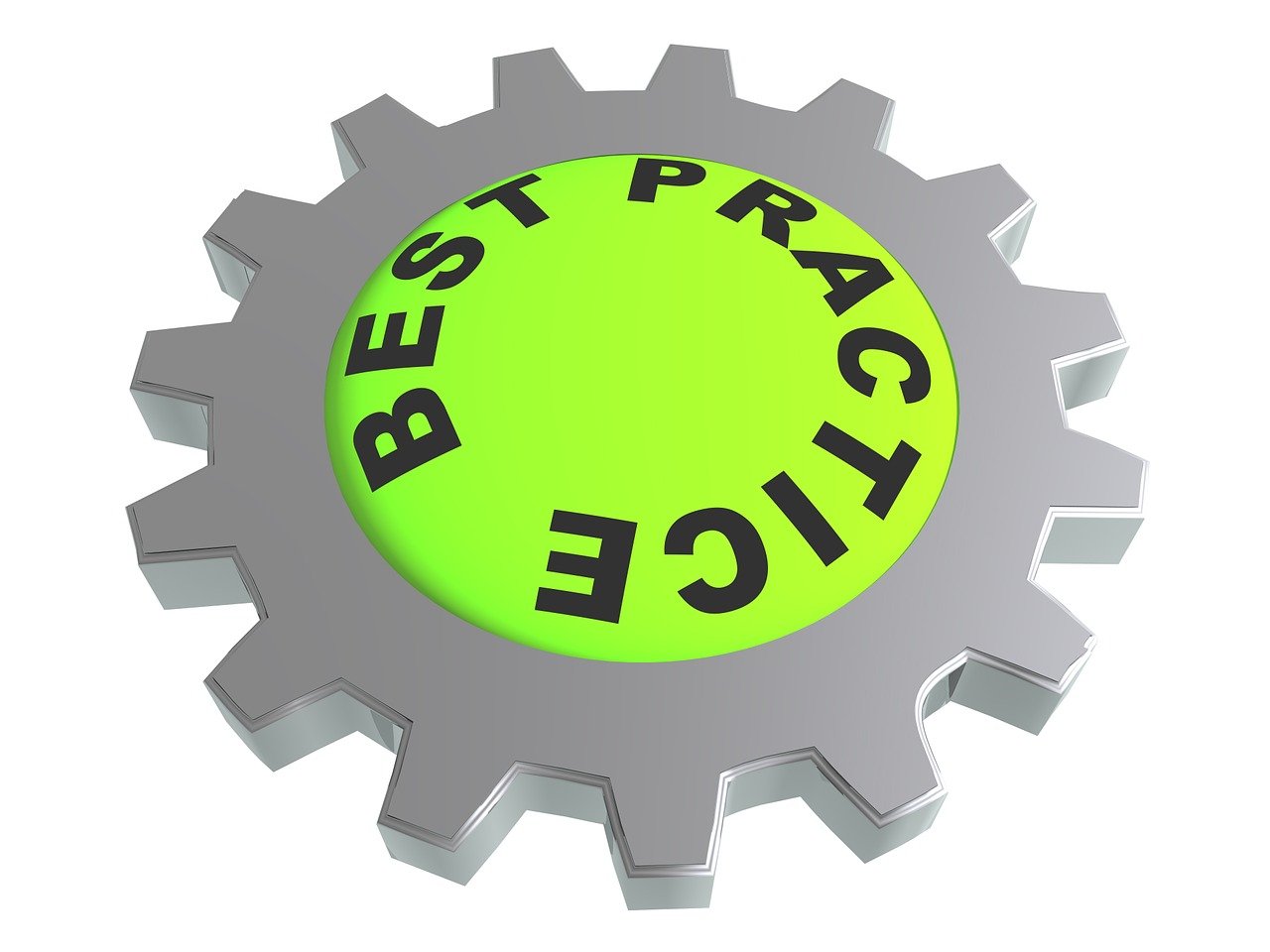In today’s fast-evolving business world, the ability to develop leaders inside your organization is no longer just an advantage—it is a necessity. Just as visionary figures like Satya Nadella at Microsoft or Sheryl Sandberg at Facebook have shown, great leadership is the engine for innovation, employee engagement, and sustained competitive advantage. But leadership does not emerge spontaneously; it must be cultivated through deliberate strategies that nurture talent from within. Organizations such as GE, Apple, and Procter & Gamble serve as compelling examples, having built robust leadership pipelines that fuel their ongoing success. Creating more leaders means creating a resilient workforce, one that is able to navigate uncertainty and seize emerging opportunities with confidence and creativity. This article explores actionable, detailed approaches on how to develop other leaders effectively within your corporate culture, ensuring continued growth and dynamism.
Recognizing and Nurturing Leadership Potential Early for Sustainable Growth
The foundation for effective leadership development lies in spotting leadership potential long before employees assume managerial roles. Identifying individuals with the aptitude and ambition to lead enables organizations to tailor their development pathways, shaping a reliable leadership pipeline. Notable companies like Procter & Gamble have successfully implemented early identification strategies, often integrating tools such as the Gallup StrengthsFinder or Hogan Assessments to assess traits like decisiveness, adaptability, and strategic thinking.
Early recognition involves a blend of formal and informal techniques. Organizations can conduct talent reviews during performance appraisals, employ predictive analytics through platforms like FranklinCovey’s leadership assessment modules, or foster peer feedback mechanisms to uncover emerging leaders. For example, encouraging team members to share observations about potential leaders in anonymous forums or regular check-ins can reveal leadership qualities that may otherwise remain unnoticed.
Developing a comprehensive approach requires:
- Utilizing data-driven assessments: Tools such as LinkedIn Learning courses combined with customized tests help identify skills gaps and leadership attributes early.
- Engaging managers in talent spotting: Training programs by the John Maxwell Company empower supervisors to recognize and cultivate leadership qualities among their teams.
- Fostering a feedback-rich culture: Regular upward and 360-degree feedback encourages self-awareness, a cornerstone for leadership growth.
This early stage of leadership identification translates into targeted mentorship and training initiatives that maximize development efficacy. Likewise, a deliberate focus on potential allows organizations to allocate resources more efficiently, investing in those individuals most likely to drive future success. As Korn Ferry highlights, high-potential recognition followed by consistent nurturing correlates strongly with improved retention and engagement.

| Leadership Potential Indicators | Assessment Method | Example |
|---|---|---|
| Decisiveness | Simulated case studies and scenario analysis | Procter & Gamble role plays leadership challenges early |
| Emotional Intelligence | 360-degree feedback from peers and supervisors | Microsoft’s leadership soft skills assessments |
| Strategic Thinking | Project leadership assignments with cross-functional teams | GE’s early talent incubator programs |
Leveraging Mentorship and Coaching as Cornerstones of Leadership Growth
Mentorship stands out as one of the most potent tools in shaping future leaders. It transcends basic training by embedding learning in real-world contexts and experienced insight. General Electric’s leadership evolution credits a significant part of its executive success to structured mentorship programs, where senior leaders actively guide high-potential employees. Mentoring accelerates leadership by offering personalized advice, perspective on organizational dynamics, and sponsorship.
To harness the full potential of mentorship and coaching, organizations should:
- Implement structured mentor-mentee pairing: Rather than leaving pairings to chance, programs should match mentors and mentees based on career aspirations, skills gaps, and personality fit, ensuring impactful growth dynamics.
- Provide mentor training: Sessions offered by leaders trained through organizations like Dale Carnegie foster effective communication, feedback delivery, and goal-setting capabilities among mentors.
- Monitor mentorship outcomes: Using metrics such as skill acquisition pace and career progression from platforms like the Center for Creative Leadership helps track success and adjust programs accordingly.
In addition, leadership coaching programs, distinct from mentorship, focus on self-awareness and behavioral development. Harvard Business Review highlights how coaching transcends conventional development by targeting mindset shifts, emotional intelligence, and executive presence—skills crucial in today’s hybrid work environments.
| Mentorship Program Element | Best Practice | Outcome |
|---|---|---|
| Mentor-Mentee Matching | Use detailed profiles based on skills and aspiration | Higher engagement and targeted learning |
| Feedback and Reflection Sessions | Regular, structured meetings with goal reviews | Accelerated skills development |
| Mentor Training | Formal courses on coaching techniques | Consistent, qualitative guidance |
Developing Critical Soft Skills to Enhance Leadership Effectiveness
Today’s leadership demands proficiency not only in strategy but also in soft skills — a core area emphasized by SHRM and BlessingWhite as essential for modern leaders who must navigate complexity with empathy and clarity. Skills such as communication, conflict resolution, adaptability, and emotional intelligence are critical to leading diverse teams and fostering inclusion.
Consider Satya Nadella’s transformation of Microsoft’s culture through empathy and collaboration—practices that hinge on developed soft skills, illustrating their direct impact on organizational success. Similarly, companies like IBM integrate communication and emotional intelligence workshops tailored to leadership needs within their development curriculum, often employing role-playing and real-time feedback.
Effective programs incorporate the following strategies:
- Experiential learning opportunities: Rotations across departments or project leadership roles stretch adaptability and cross-cultural communication.
- External coursework: Platforms such as LinkedIn Learning offer flexible, targeted courses that reinforce critical soft skills.
- Simulations and role-plays: Interactive scenarios help leaders practice conflict management and negotiation in risk-free settings.
Embedding soft skills into leadership programs ensures leaders are prepared to drive inclusivity and resilience within their teams, aligning with insights from Korn Ferry that highlight emotional intelligence as a predictor of leadership success.

Creating Hands-On Leadership Experiences to Foster Practical Competencies
While theoretical knowledge is essential, leadership is ultimately learned by doing. PepsiCo’s practice of assigning emerging leaders to stretch projects allows them to confront real challenges, equipping them with decision-making skills in complex, high-pressure situations. This hands-on immersion is invaluable in developing confidence and practical insights.
Organizations can embed hands-on leadership opportunities through:
- Cross-functional project leadership: Entrusting potential leaders with projects that require coordination across departments.
- Rotational assignments: Temporary placements in different departments, offered at Apple and other leading firms, broaden organizational understanding and perspective.
- Crisis involvement: Inviting emerging leaders into problem-solving during critical incidents or operational hurdles bolsters their agility and resilience.
Beyond skill-building, such experiences challenge individuals to practice soft skills, strategic thinking, and adaptability concurrently. This holistic approach is advocated by leadership experts such as FranklinCovey, who stress real-world application as the crucible of leadership development.
| Hands-On Development Activity | Key Focus | Organizational Benefit |
|---|---|---|
| Cross-Functional Projects | Collaboration and strategic coordination | Breaks down silos and builds enterprise perspective |
| Rotational Assignments | Organizational knowledge and adaptability | Creates versatile leaders with broad experience |
| Crisis Task Forces | Problem-solving under pressure | Builds resilience and decision-making skills |
How to Develop Other Leaders Within Your Organization
Explore key leadership development strategies through this interactive infographic. Click on each strategy to learn more and see real-time related quotes from a public API.
Select a strategy above to learn more.
Building a Supportive Leadership Culture and Measuring Development Impact
A nurturing culture that encourages risk-taking, innovation, and learning from failure creates fertile ground for leadership growth. The SAS Institute exemplifies this by maintaining high employee satisfaction rates (94% rating it a great workplace) through supportive practices that empower leaders to take initiative without fear of repercussion.
To cultivate such an environment, leaders themselves must model openness and accountability. Initiatives that promote psychological safety—where team members feel safe to share ideas, make mistakes, and provide upward feedback—are key. This atmosphere encourages emerging leaders to develop confidence and authentic leadership styles.
Measuring the effectiveness of leadership development investments remains essential. Key metrics include:
- Leadership retention rates: Higher retention of program participants indicates engagement and growth satisfaction.
- Time to promotion: Faster advancement post-training signals effective preparation.
- 360-degree feedback outcomes: Holistic evaluations from peers and reports reveal practical leadership impact.
- Business performance correlations: Enhanced team results or innovation linked to leadership development timelines.
- Succession plan fulfillment: Internal promotions to leadership roles versus external hires.
By implementing feedback loops and continuous improvement cycles—recommended by entities like SHRM and BlessingWhite—organizations can adapt leadership programs responsively. This dynamic approach is vital given the rapidly shifting demands of the workforce and technology in 2025.

| Metric | Measurement Method | Interpretation |
|---|---|---|
| Retention Rate | HR analytics comparing program participants vs. others | Leadership initiatives enhance employee loyalty |
| Promotion Speed | HR tracking time from development program to promotion | Shows leadership readiness and program efficacy |
| 360-Degree Feedback | Combination of peer, subordinate, and manager surveys | Reflects real-world leadership behavior changes |
| Business Outcomes | Financial results correlated with leadership programs | Link between leadership and organizational success |
Frequently Asked Questions about Developing Leaders within Organizations
- What is the most effective way to identify future leaders early?
Use a combination of assessment tools like Gallup StrengthsFinder, coupled with manager and peer evaluations, to get a comprehensive view of leadership potential. - How can mentorship programs be structured for maximum impact?
Implement formal matching based on skills and aspirations, provide mentor training, and track progress to ensure alignment and growth. - Why are soft skills critical in leadership development?
Soft skills such as empathy, communication, and adaptability enable leaders to effectively manage teams, foster innovation, and navigate change. - How do hands-on leadership experiences improve leadership capabilities?
They immerse emerging leaders in real-world challenges, fostering resilience, strategic thinking, and practical decision-making that theoretical training alone cannot provide. - What metrics best measure the success of leadership development programs?
Effective metrics include retention rates, time to promotion, 360-degree feedback scores, and business performance indicators.
For those interested in a comprehensive blueprint on developing others as leaders, resources such as Growth Tactics, Indeed’s leadership advice, and Forbes’ insights provide further in-depth guidance. Platforms like Together also offer innovative approaches, integrating mentorship with measurable leadership growth.

